If you’ve ever dreamed of driving through a place where history, geology, and culture collide in spectacular fashion, Wyoming’s Wind River Canyon should be at the top of your list. This 17-mile stretch of U.S. Highway 20 between Shoshoni and Thermopolis isn’t just a scenic byway—it’s a living museum carved by nature and shaped by centuries of human experience.
A Canyon Carved by Time
Wind River Canyon is a geologist’s dream. In just 20 minutes, you’ll travel through 2.5 billion years of Earth’s history. The canyon slices through the Owl Creek Mountains, exposing layers from the Precambrian era—some of the oldest rocks on the planet—up through formations from the Age of Dinosaurs. Black and pink granite walls tower 2,500 feet above the highway, interspersed with limestone, dolomite, and sandstone that once formed ancient seas. Interpretive signs along the route point out major formations like the Chugwater Formation, a striking red sandstone that glows at sunset. This natural corridor is so unique that geologists often compare it to the Grand Canyon—except here, you don’t need a raft to experience the timeline of Earth.
At the southern end lies Boysen Reservoir, created by Boysen Dam, a feat of early 20th-century engineering. The reservoir offers fishing, boating, and camping, making it a perfect stop before entering the canyon’s dramatic embrace.
The Wedding of the Waters
As you exit the canyon near Thermopolis, you’ll encounter a poetic landmark: the Wedding of the Waters, where the Wind River changes its name to the Bighorn River. This symbolic “marriage” reflects the interconnectedness of Wyoming’s waterways and the life they sustain. Keep your eyes peeled for bighorn sheep, which cling to the cliffs like acrobats—a reminder that this rugged terrain is home to more than just rocks.
Gateway to the Wind River Indian Reservation
Just south of the canyon lies the Wind River Indian Reservation, the only reservation in Wyoming and one of the largest in the United States, spanning over 2.2 million acres. It is home to two tribes: the Eastern Shoshone and the Northern Arapaho. The Shoshone have lived in this region for thousands of years, their ancestors known as the Tukudika or Sheepeaters, who thrived in the high Wind River Range. Archaeological evidence and ancient petroglyphs, like those at Legend Rock, speak to their deep connection with this land.
The reservation was established in 1868 following the Fort Bridger Treaty, largely through the leadership of Chief Washakie, a revered Shoshone diplomat and warrior. Washakie sought peace and a permanent homeland for his people amid growing tensions with settlers and other tribes. In 1878, the Northern Arapaho joined the reservation after years of displacement, creating a shared space for two historically distinct nations. Today, both tribes maintain vibrant cultures, languages, and traditions while navigating modern challenges.
Cultural Significance and Living Heritage
The Wind River Reservation isn’t just a geographic area—it’s a cultural landscape. Sites like Crowheart Butte carry stories of intertribal battles and legendary leaders. Fort Washakie, once a U.S. military outpost, now serves as the Shoshone tribal headquarters and a hub for cultural preservation. Visitors can learn about initiatives like the Wind River Tribal Buffalo Program, which reintroduced bison to the reservation after more than a century, restoring a keystone species central to Native traditions.
Art also thrives here. The Dinwoody petroglyphs, etched into sandstone cliffs, depict figures tied to Shoshone folklore, offering a glimpse into spiritual beliefs that have endured for millennia. Guided tours by Native interpreters provide context that transforms these ancient carvings from mere markings into living narratives.
Travel Tips
- Best Time to Visit: Late spring through early fall for clear roads and mild weather.
- Don’t Rush: The canyon drive takes 30–40 minutes, but plan extra time for photo stops and interpretive signs.
- Explore Beyond the Canyon: Visit Hot Springs State Park in Thermopolis for a soak in the world’s largest mineral hot spring—a site guaranteed by treaty to remain free for public use forever.
- Respect Tribal Lands: Many areas on the reservation are sacred. Always seek permission for access and consider booking a cultural tour for an authentic experience.
Why It Matters
Wind River Canyon and the reservation are more than scenic destinations—they’re chapters in a story that spans billions of years and countless generations. From the ancient seas recorded in stone to the enduring traditions of the Shoshone and Arapaho, this region invites travelers to look deeper, listen longer, and leave with a sense of awe for both nature and humanity.
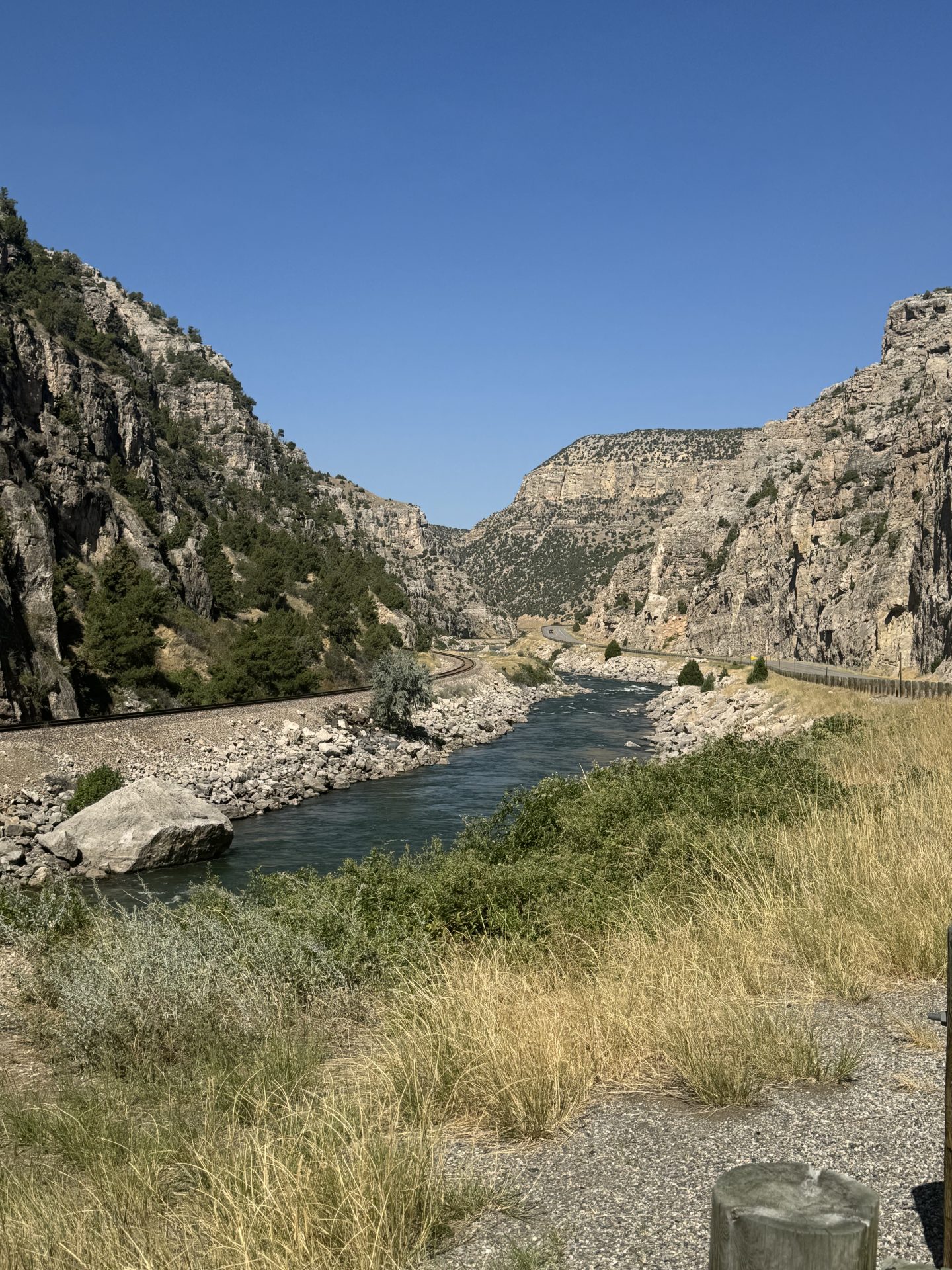
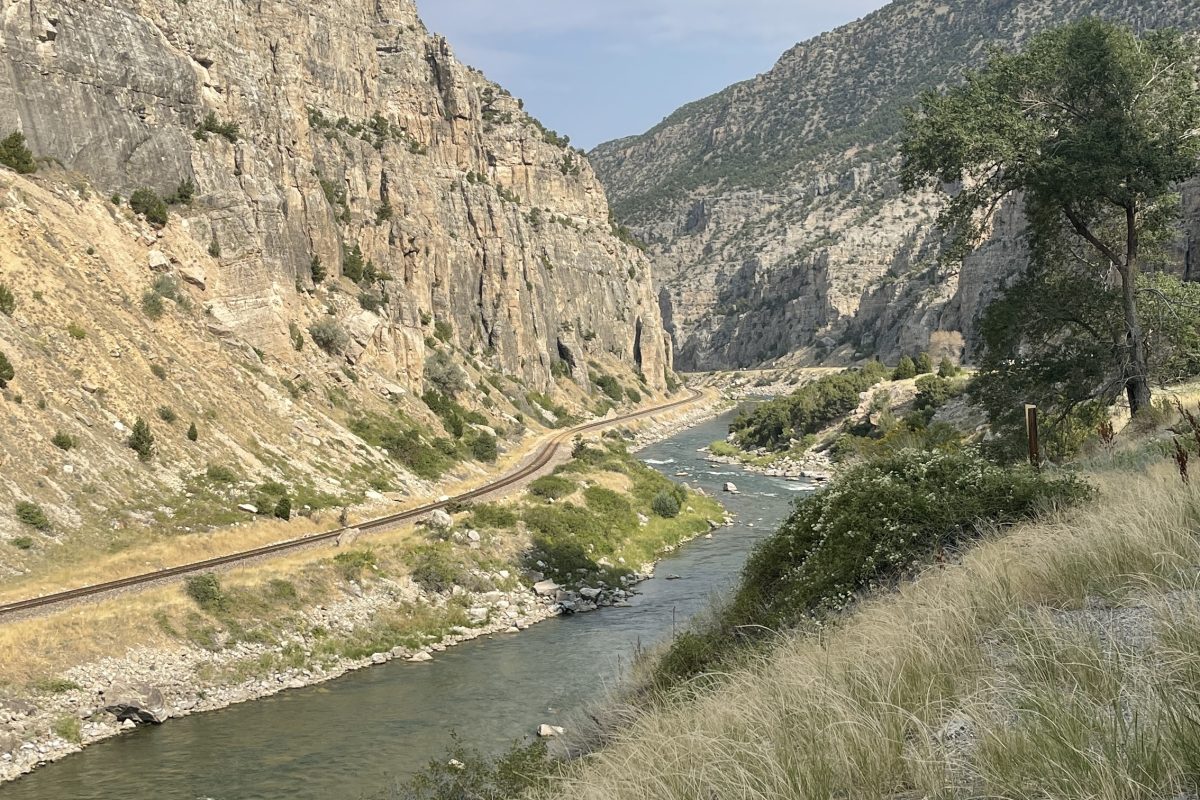
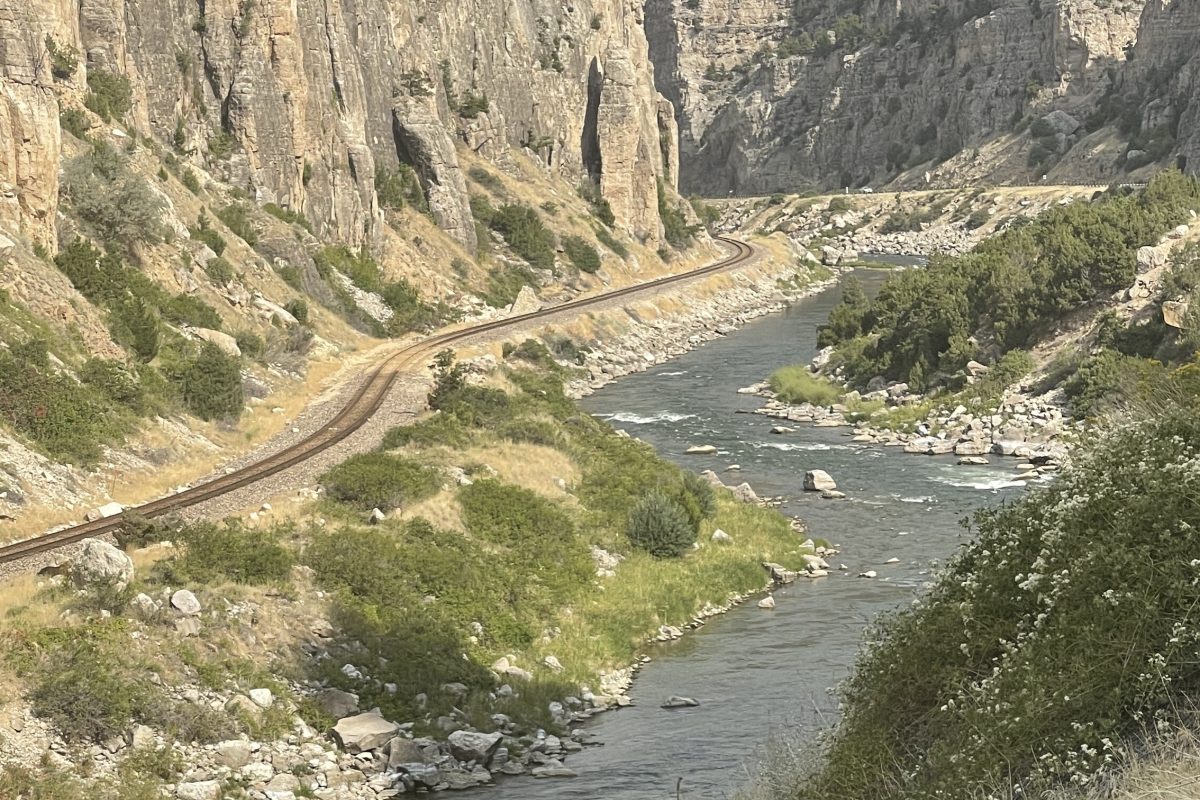
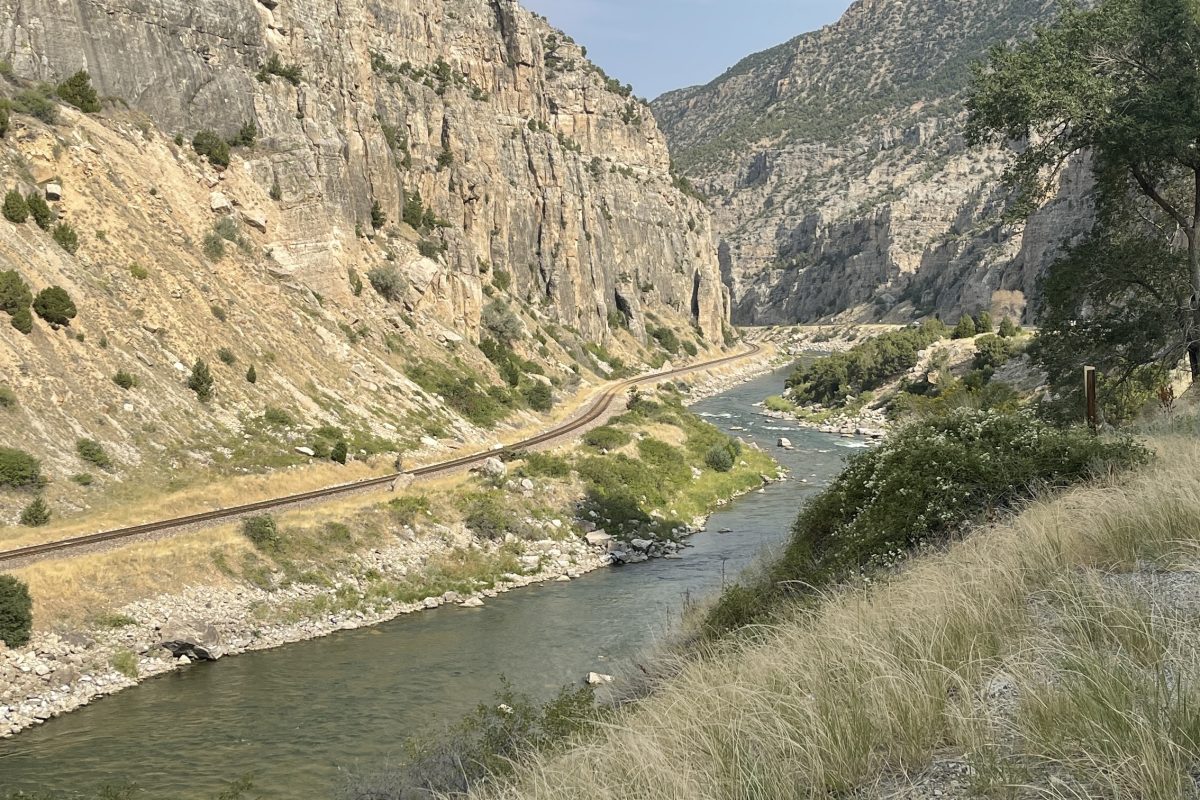
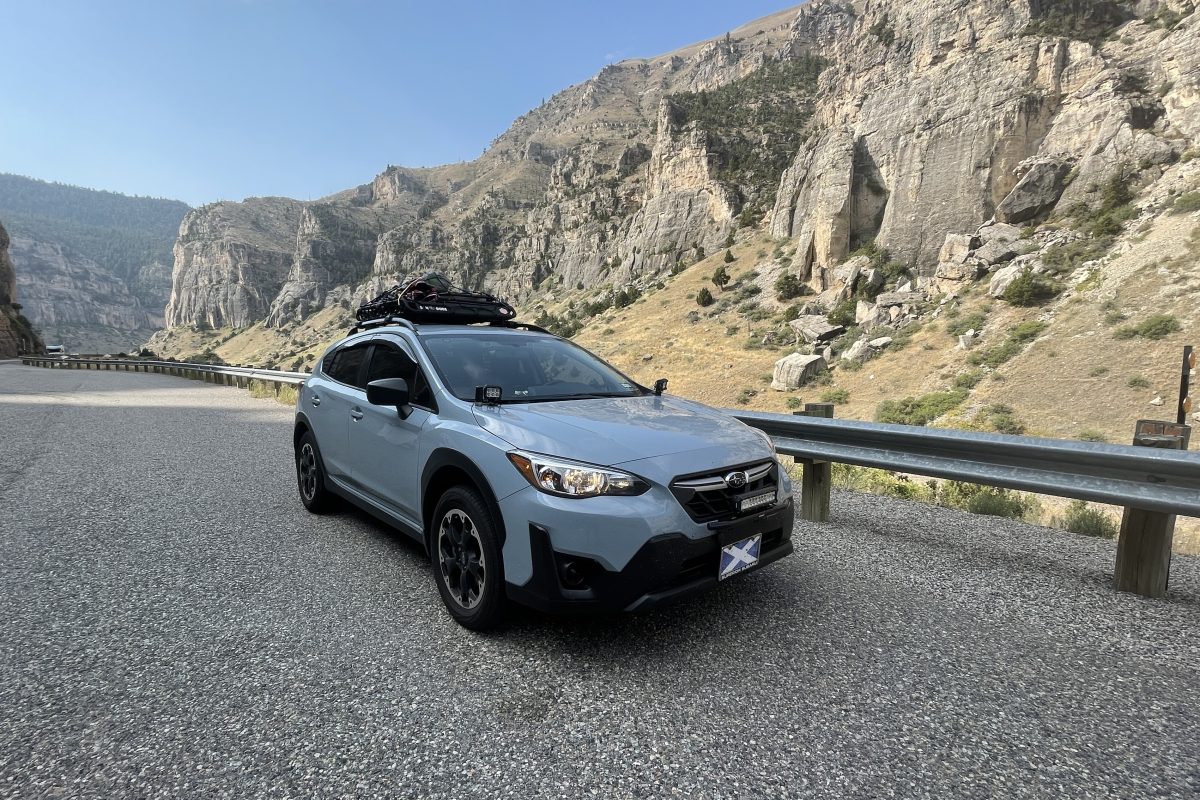
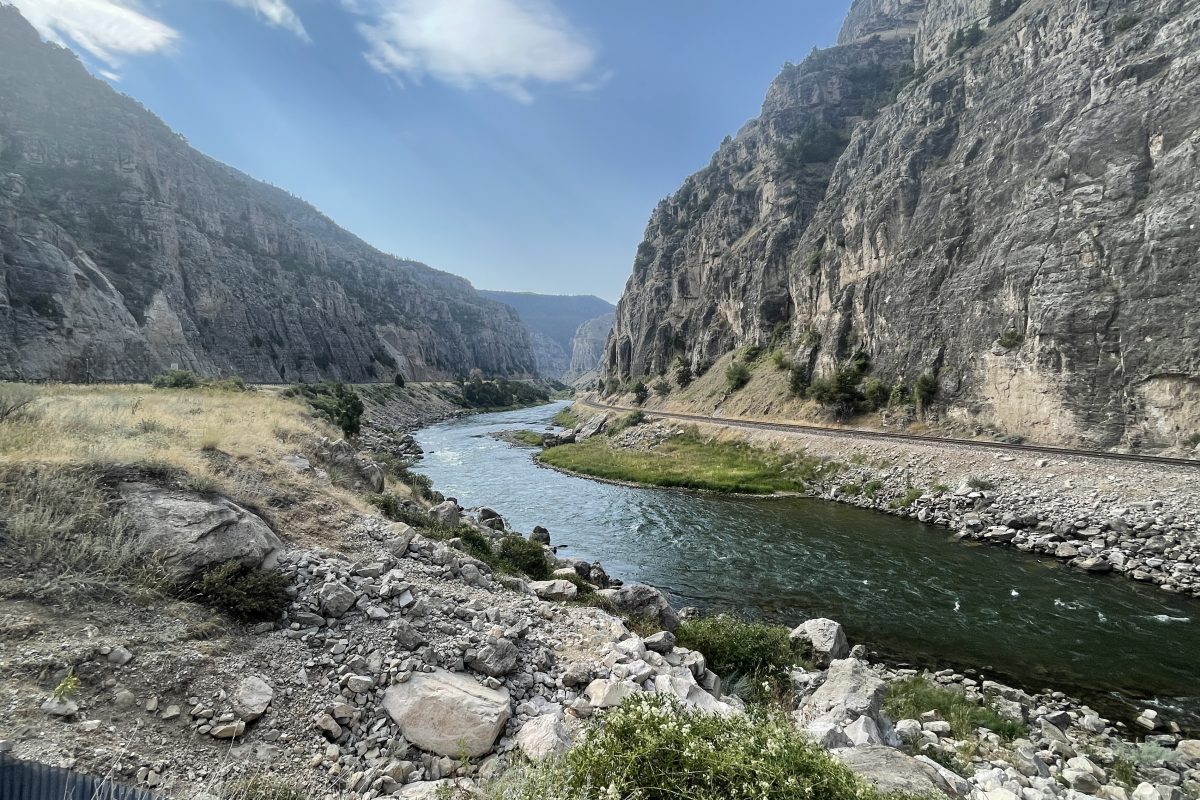
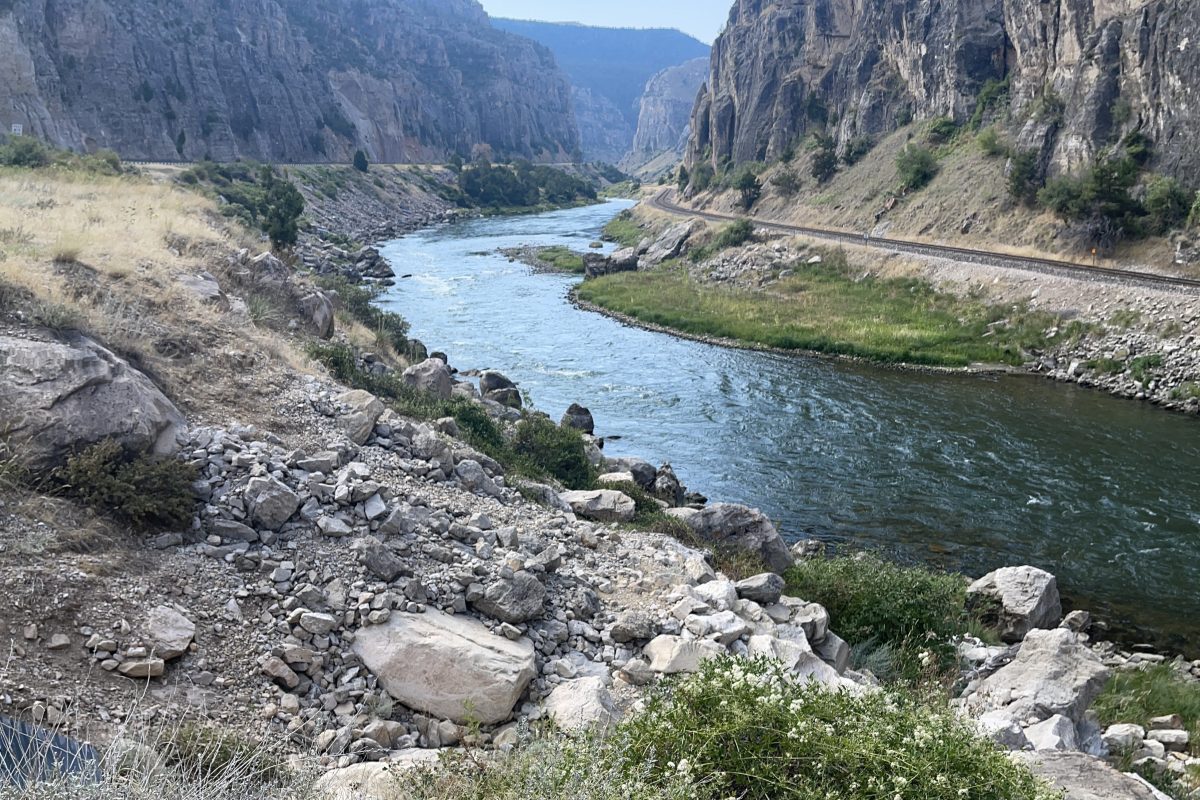
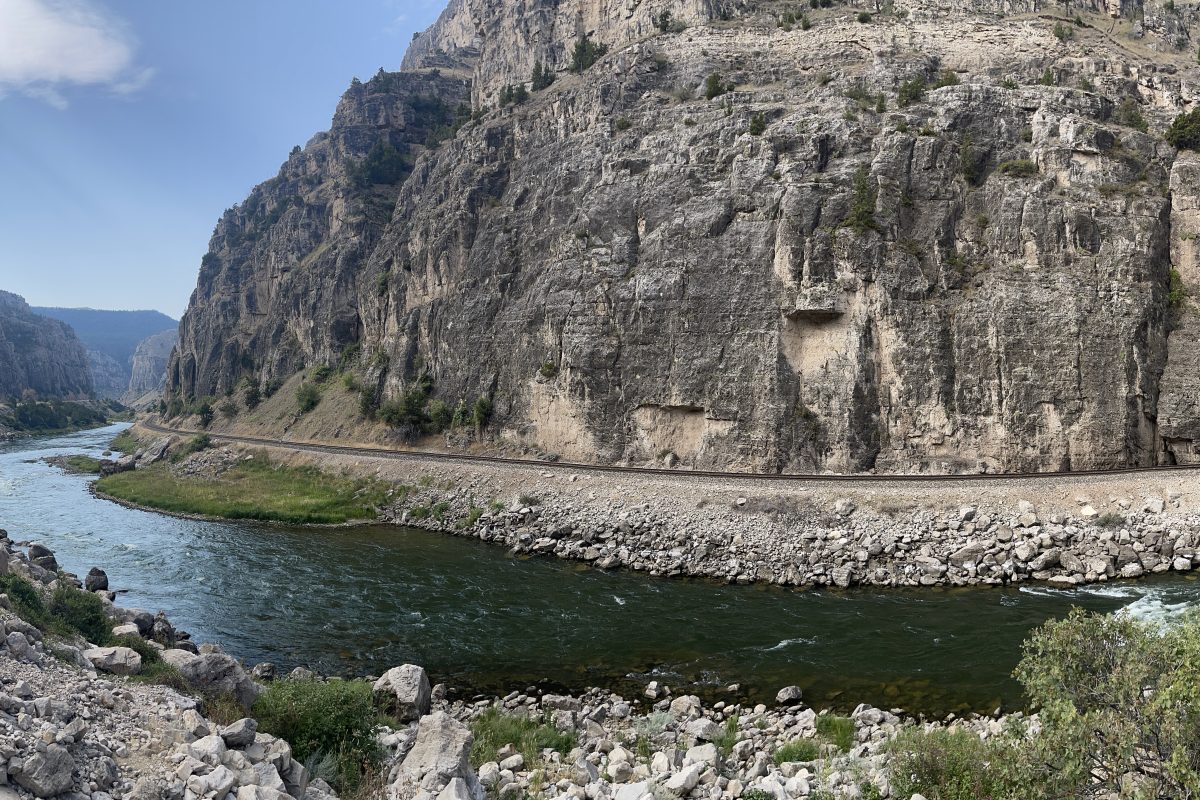
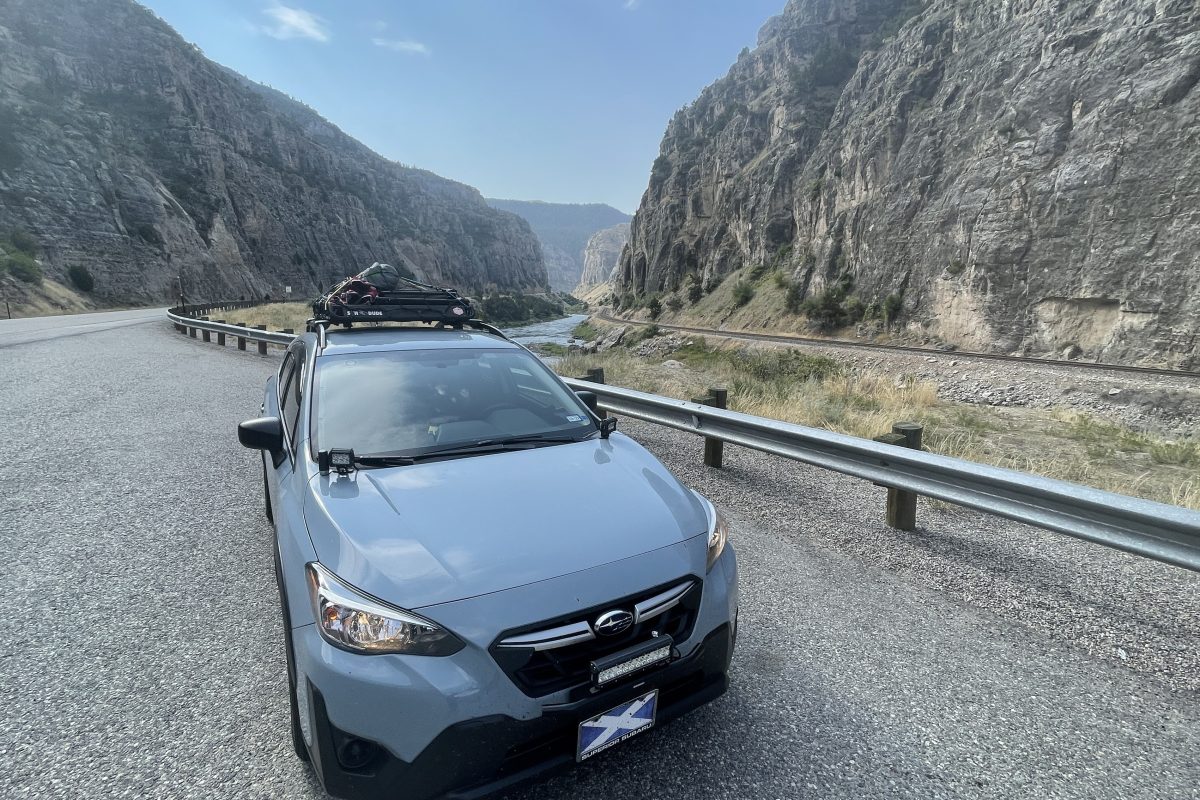



Leave a reply
You must be logged in to post a comment.